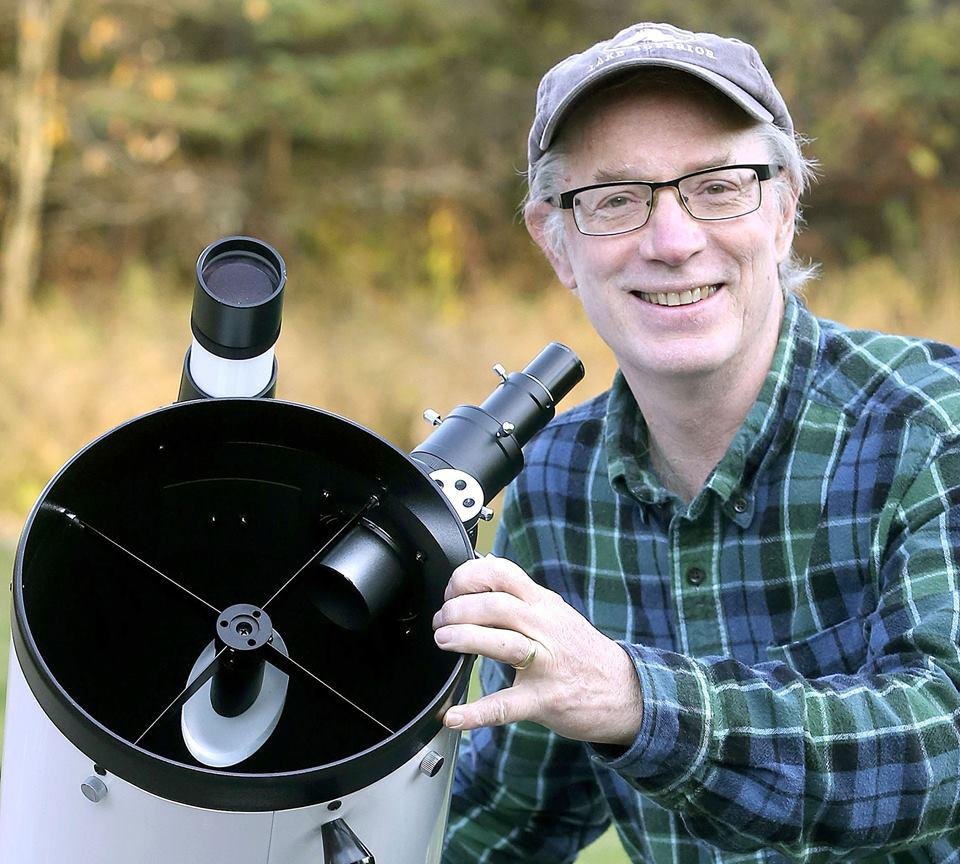July 2022 Night Sky Calendar
The Grand Lineup of planets will be ending early this month as Mercury heads toward conjunction with the sun. That still leaves four planets visible at dawn. I have good news if you’re not a morning riser. Saturn and Jupiter are now far enough from the sun to appear in the evening sky. At mid-month, Saturn rises around 10:30 p.m. local time in Capricornus in the southeast, with Jupiter following at midnight in Pisces. They’ll continue to rise earlier and earlier as July matures into August.
July is a great time to see the giant asterism called the Summer Triangle. Face east at nightfall and spy brilliant Vega in Lyra the Harp high in the southeastern sky. A little more than two fists held at arm’s length to its lower left you’ll see another bright star. That’s Deneb in Cygnus the Swan. Altair, the brightest star in Aquila the Eagle, shines four fists to the lower right of Deneb. Connect the trio into a triangle!
*Note: When “a.m.” follows the date, it refers to an event visible in the morning sky after midnight. All times are Central Daylight Time (CDT) unless otherwise noted.
July 2022 Events:
July 1-5 a.m. – All five bright planets are still visible at dawn about 45 minutes to an hour before sunrise. Mercury quickly departs the scene after July 5, headed back in the direction of the sun.
July 4 – Earth at aphelion, its farthest from the sun for the year. We’re about 3 million miles closer in January.
July 6 – First quarter moon
July 13 – Full Buck Moon
July 19 a.m. – Waning gibbous moon passes below Jupiter in the morning sky
July 20 – Last quarter moon
July 21 a.m. – Waning crescent moon passes just to the right (west) of Mars in the small hours before dawn.
July 26 a.m. – Thin, waning crescent passes directly above Venus at dawn low in the eastern sky.
July 28 – New moon
July 30 a.m. – Peak of the Southern Delta Aquariid meteor shower. About a dozen meteors an hour will flash from the constellation Aquarius in the southeastern sky between midnight and the start of morning twilight. Although not a strong shower like next month’s Perseids, it’s a reliable performer.
July 30 – Look for the very young lunar crescent to return to the evening sky low in the west about 45 minutes after sunset.
Planets on June 17 from the shore of Lake Superior in Duluth / Bob King
Bob King is an amateur astronomer, author, and passionate educator. He served as a photographer and photo editor at the Duluth News Tribune for 39 years and taught at the UMD planetarium. Bob’s work had a great impact on Voyageurs National Park. To achieve International Dark Sky Park certification, the park was required to host dark sky education events. Through the Night Sky Explorer webinars, the Conservancy was able to fulfill this component and help secure the certification for Voyageurs National Park. We can’t thank Bob King enough for sharing his talents and knowledge with the Conservancy community to support dark sky preservation.


